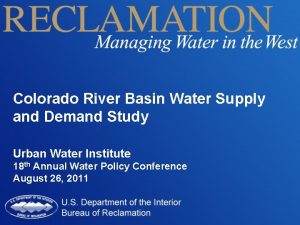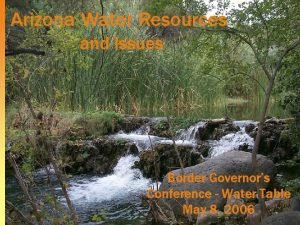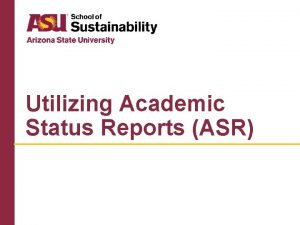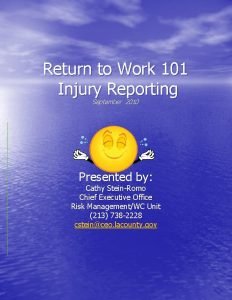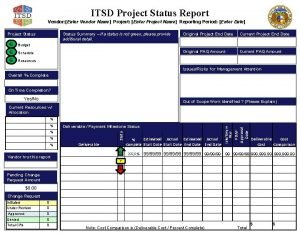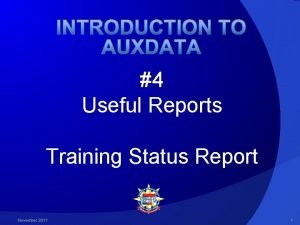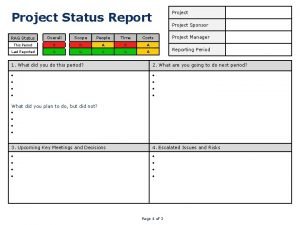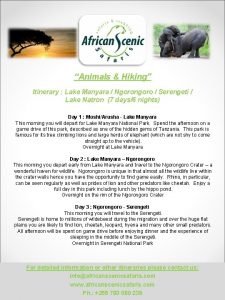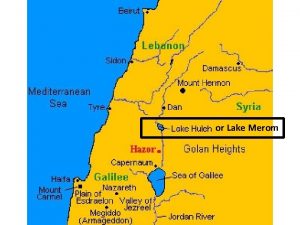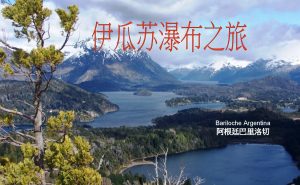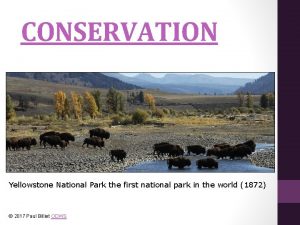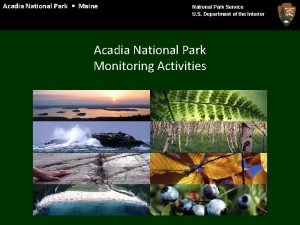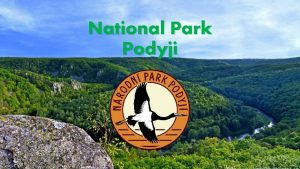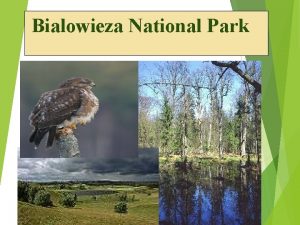LAKE MANYARA NATIONAL PARK STATUS REPORT FOR LAKE














- Slides: 14

LAKE MANYARA NATIONAL PARK STATUS REPORT FOR LAKE MANYARA NATIONAL PARK ON TOURISM MANAGEMENT (24/02/2006) By EUNICE M. MSANGI TOURISM WARDEN

Introduction v The Park was gazetted in 1960 (TANAPA ordinance 1959) and becoming the second park after Serengeti. v It is Located in Northern Tanzania within Arusha and Manyara Regions. v It is about 125 Km from Arusha City.

Introduction cont…. v It covers an area of 330 Sq. Km, of which 220 Sq. Km is covered by the Lake and remaining 110 Sq. Km is a narrow strip of dry-land. v The park is located within the Rift valley (From middle east in Jordan to - mozambique).

Introduction cont. . . v The name Manyara was derived from a plant ‘euphorbia tirucalli ‘emanyara in Maasai Language’ used by Maasai people to protect their Livestock from predators and poachers. v The park is a “Biosphere reserve” under UNESCO.

Tourist attractions 1. 2. 3. 4. 5. 6. 7. High diversity of wildlife. The Lake High density of water birds. Tree climbing lions. Rift Valley escarpment. Ground water forest. High diversity of bird species (390 spp. ) 8. Hippos 9. Hot Spring.

Visitors Management in the Park q Visitors management in the park level ensure that visitors experiences/facilities and services meet public expectation in term of qualities. q All Planned activities and developments expected to be implemented inside the park have to abide the requirements of the General Management Plan (GMP) and Environmental Impact Assessment (EIA).

• The park has been zoned to different zone based on the do’s and don’ts (management zones). • Lake use zone • Recovery zone • High use zone • Low use zone • Wilderness zone • Administrative use zone

Types of tourist activities Inside the park Current activities: § Day- game drive § Night- game drive § Camping § Picnicking Planned activities: § Walking safaris § Canopy walkway § Hiking Outside the park Activities done by community: § Cultural tourism § Biking and hiking § Walking safari § Horse riding § Camping

Visitors statistics q For the past ten years, LMNP Statistics shows increase in number of tourists. q 1995/1996 (60, 441) tourists visited the park, 2004/2005 (112, 967) tourists visited the park

Factors for the increase I. Improved promotions and marketing of tourism within the country and outside the country. II. Improvement of Makuyuni – Ngorongoro Road to a Tarmac status. III. End of Iraq War. IV. Decrease in terrorism incidences and threats in the world V. Tsunami Disaster (Indonesia, Thailand)

Visitor accommodation facilities Inside the park Ø Ø Ø Special campsite Public campsite Bandas Youth Hostel Tented Permanent camp Outside the park Ø Hotels/Lodges Ø Campsites Ø Guest houses

Interpretative information and facilities q q q Visitor Information Centre Guide book Brochure Map Sign post « Personnel

Challenges High Concentration of visitors in the northern part of the park. Littering. Animal habituations. Off road driving. Low visitation by local tourists (Tanzanian). Unfaithfully tour drivers.

 Status progress report
Status progress report Orchard park community center
Orchard park community center Home access center lake park
Home access center lake park Littoral limnetic
Littoral limnetic Lake powell and lake mead
Lake powell and lake mead Lake powell and lake mead
Lake powell and lake mead Asu academic status report
Asu academic status report Work status report from doctor
Work status report from doctor Kaiser permanente work status report
Kaiser permanente work status report Enter vendor name
Enter vendor name Convercent/report
Convercent/report Seo status report
Seo status report Nvocc license application
Nvocc license application Training status report
Training status report Rag status reporting
Rag status reporting




